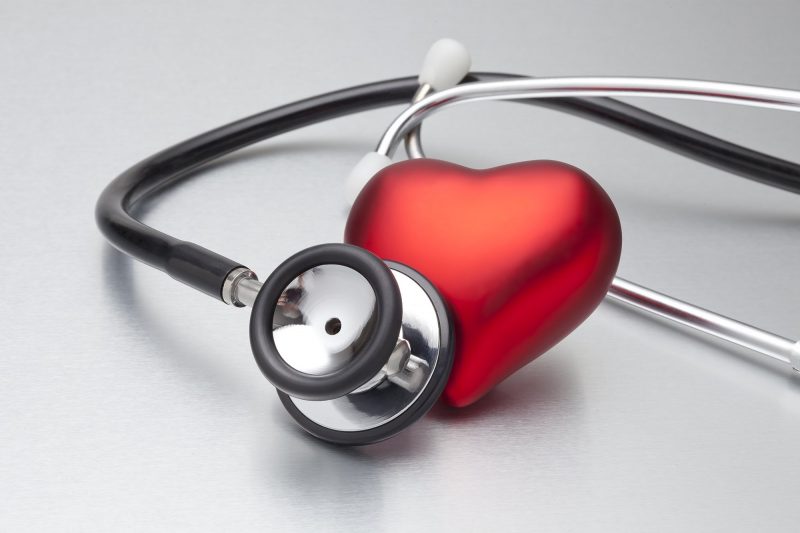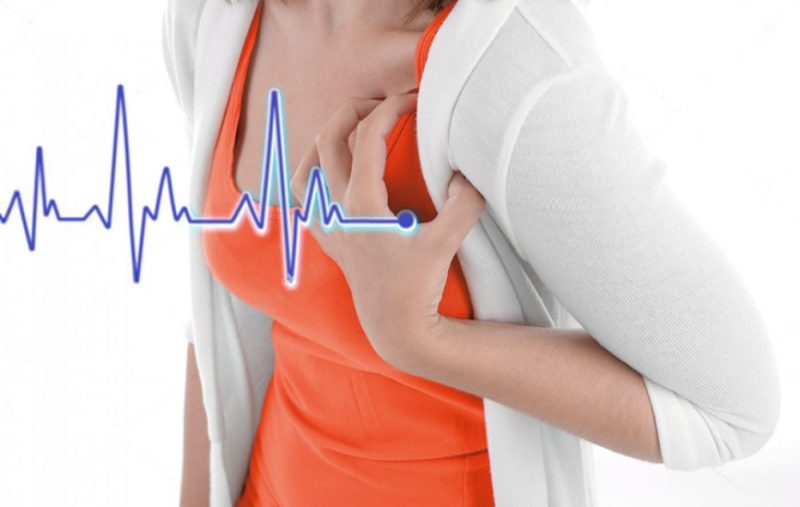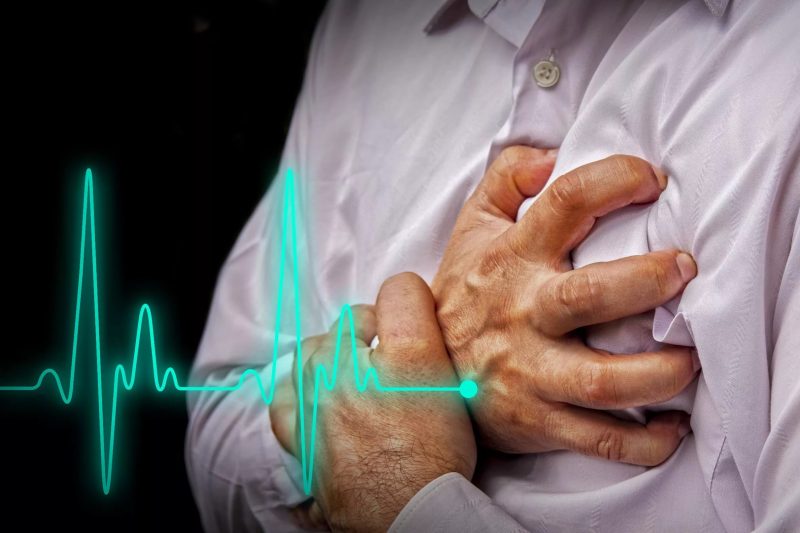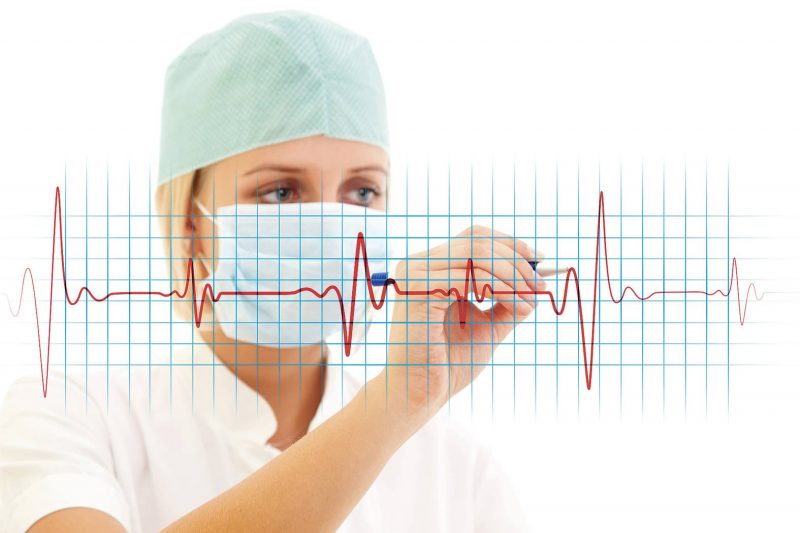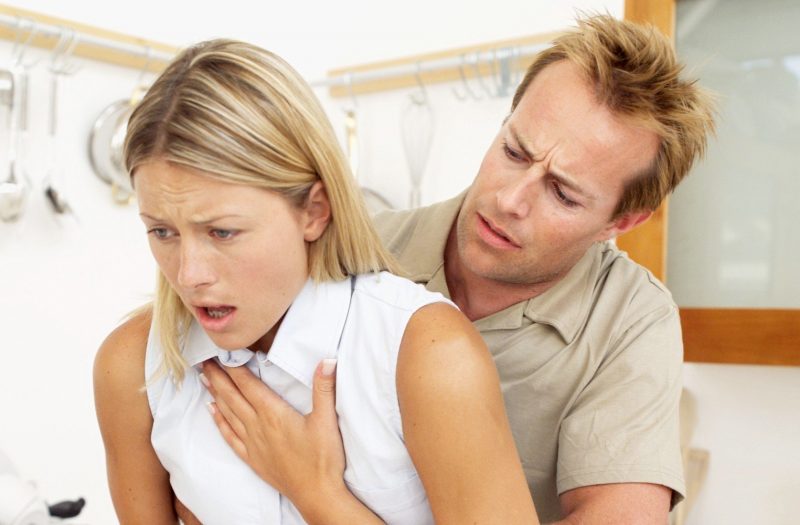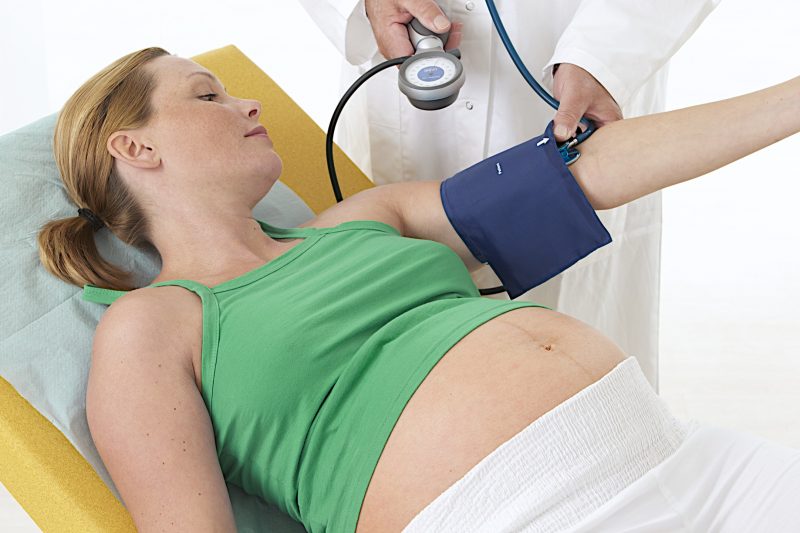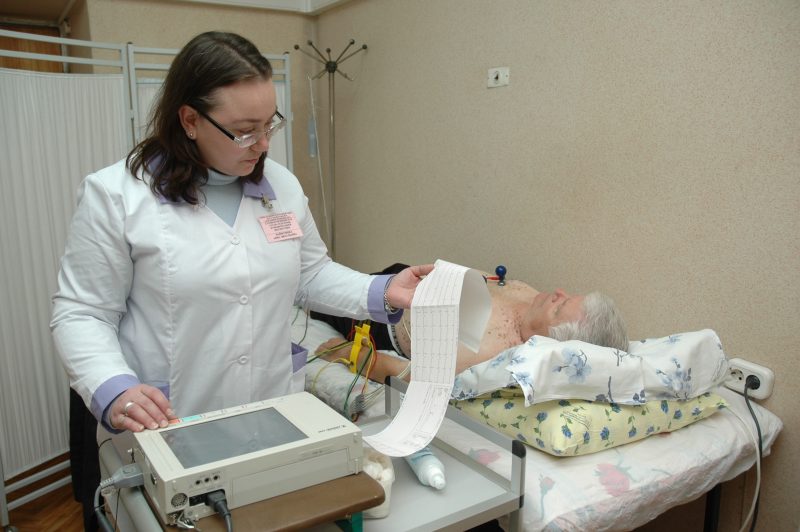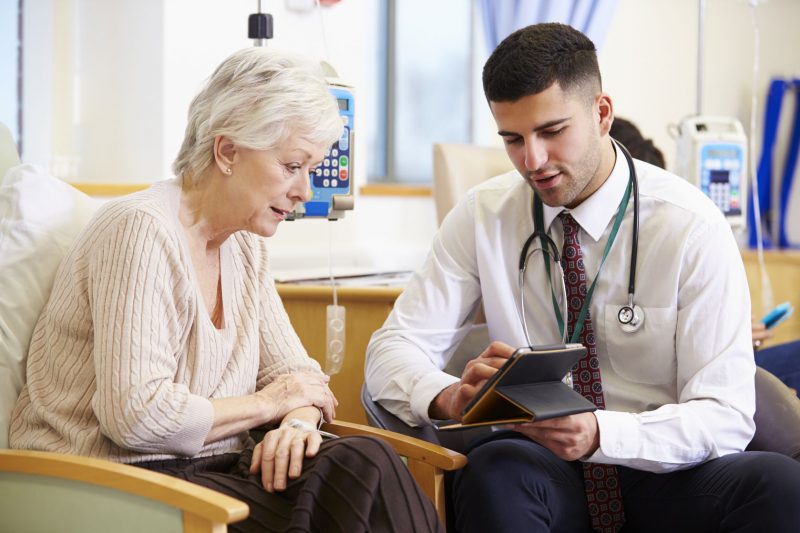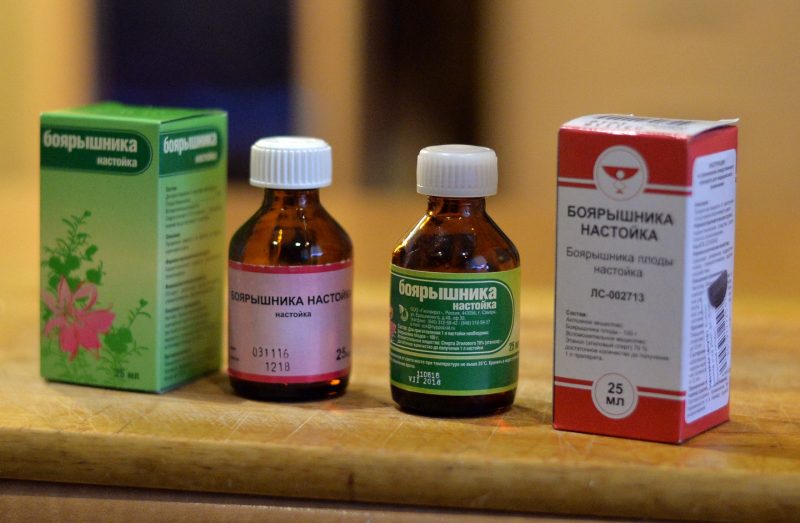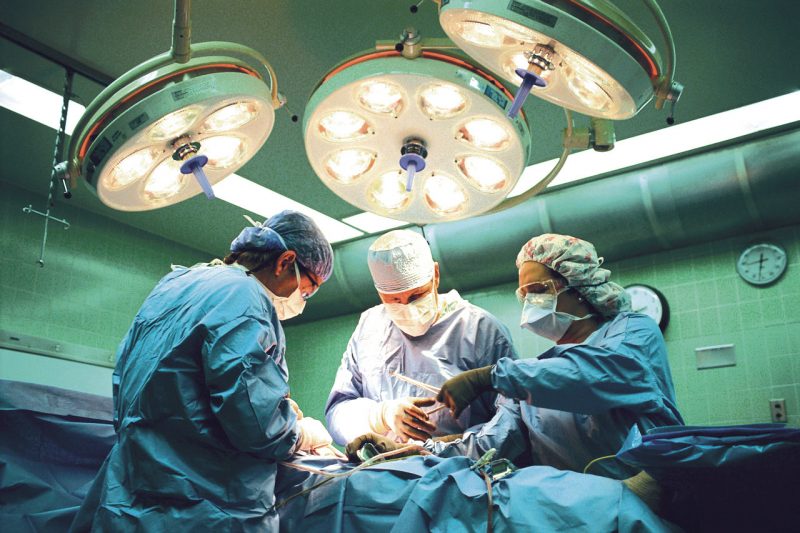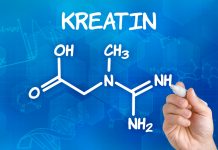Arrhythmia is a malfunction of the heart, as a result of which it begins to contract incorrectly: faster, slower, irregular, irregular. Normally, the heart rate is 60-80 beats for an adult, in children the frequency of contractions is related to age - the younger the child, the more vigorously his heart beats. Symptoms of arrhythmia depend on the type of malfunction that has occurred and on the main cause that caused the instability of the myocardium. Manifestations of the disease are caused by the type of malfunction and the degree of development of the pathology.
Material Content:
What is cardiac arrhythmia?
The term "arrhythmia" combines the various disorders in the activity of the heart in terms of the mechanism of occurrence and symptoms. They arise due to a malfunction in the system, which generates an electrical impulse and conducts it to the myocardium. As a result, the correct heartbeat - the sinus rhythm - is disturbed - extra beats appear, the pulse slows down or accelerates.
- extrasystole - extraordinary heart beats;
- tachycardia - accelerated heartbeat;
- bradycardia - a slow heartbeat.
Arrhythmia manifests itself as an independent disease, and is a sign of the pathology of various organs.
For the correct treatment, it is important to determine the root cause correctly, therefore, when identifying malfunctions in the cardiovascular system, you need to undergo a comprehensive examination of the whole organism.
What is the danger?
The danger of the disease lies in the fact that in the absence of a correct and timely treatment, arrhythmia is complicated by life-threatening conditions:
- loss of consciousness;
- angina pectoris - a spasm of blood vessels that supply blood to the heart tissue;
- thromboembolism - blockage of a blood clot in the lumen of a vessel;
- pulmonary edema;
- acute or chronic heart failure;
- sudden cardiac arrest.
If emergency care is not provided to such a patient, the outcome can be fatal. Therefore, even minor malfunctions in the myocardium cannot be ignored.
Causes and Risk Factors
Some people have an increased risk of developing arrhythmia, since in their lives there are factors that adversely affect the functioning of the cardiovascular system:
- smoking (active and passive);
- frequent use of alcohol;
- the predominance of fatty, fried foods in the diet;
- the presence of hidden heart diseases - attacks of ischemia, heart attacks carried over on the legs;
- uncontrolled intake of certain medications, for example, theophylline;
- hyper- or hypoactivity of the thyroid gland;
- advanced age;
- excess body weight;
- frequent use of stimulants - coffee, energy;
- bad heredity;
- exhausting work;
- constant stress.
In addition, the gender of the patient is of great importance. According to statistics, men are almost twice as likely to suffer from arrhythmias than the female part of the population.
Risk factors alone are not enough for the development of the disease - a trigger should appear. The causes of arrhythmias are divided into two categories - organic (associated with pathology of the heart) and functional. The first includes all diseases that cause pathological changes in the myocardium: myocarditis, cardiomyopathy, cardiosclerosis, heart defects and injuries, cardiac circulatory failure.
Functional arrhythmias include the following types of pathology:
- neurogenic - arise as a result of activation of the sympathetic or parasympathetic nervous systems;
- dyselectrolyte - develop with disturbances in the electrolyte balance in the body;
- iatrogenic - their main reason lies in an overdose of drugs;
- mechanical - appear during mechanical action on the chest (electric shock, fall);
- idiopathic - occur on their own, for no apparent reason, they are attributed to hereditary arrhythmias.
Functional malfunctions usually go easier and do not require hospitalization in the hospital and special treatment. Exceptions are frequent attacks of idiopathic arrhythmias, as well as mechanical damage to the chest.
Types of arrhythmias
Arrhythmia is the common name for a huge number of pathological conditions that have a different nature and clinic. All of them are connected by one sign - a violation of the heart rhythm.
- Vagal arrhythmia - develops due to an increase in the tone of the parasympathetic nervous system. Symptoms usually appear at night or after overeating. And also a failure of the heart rhythm can provoke a tightly tied tie or a tightened belt. Never arises due to nervous tension. The pulse slows down to 50–40 bpm.
- Pulmonary arrhythmia is a consequence of chronic pulmonary hypertension. It can be manifested both by tachycardia and bradycardia, extrasystole often joins. In severe cases, heart rate can reach up to 300 beats / min.
- Systolic arrhythmia is a sign of serious problems with the cardiovascular system. It is characterized by brady or tachyarrhythmia, attacks of atrial fibrillation and atrial ventricles.
- Medical arrhythmia - occurs after an overdose of drugs that affect the myocardium. Depending on the group of medicines, it also manifests with an accelerated or slowed heartbeat, a fluttering heart, extraordinary contractions. Without proper assistance, blockade develops and death occurs.
- Supraventricular arrhythmia - manifested by atrial fibrillation, tachycardia. It often causes cardiac arrest.
- Atrial fibrillation is one of the most dangerous types, characterized by a heartbeat of 200-500 beats per minute.
- Sinus arrhythmia - can be physiological and pathological, but during attacks, the correct sinus rhythm is always preserved. It is manifested by tachy or bradycardia, which often does not affect the general condition of the patient.
Symptoms in adults and children
Tachyarrhythmias are characterized by complaints of a rapid pulse, dizziness, pulsation in the temples, shortness of breath, the appearance of sudden weakness, and soreness in the chest. In advanced cases, the patient loses consciousness, cardiac arrest occurs.
With bradyarrhythmias, patients complain of general weakness, problems with working capacity, “cottony” legs, darkening in the eyes, dizziness, lowering blood pressure, chest pain.
Symptoms of atrial fibrillation are somewhat different from other types of disease, they include:
- heartbeat up to 500 beats / minute;
- frequent urination;
- decrease in volume and strength of cardiac output;
- the occurrence of panic attacks.
The patient speaks of weakness in the body, trembling. The pulse is determined to be very frequent and chaotic.
The clinical picture of arrhythmias in children is nonspecific, it is possible to suspect the presence of pathological changes in an infant by the following signs:
- pallor or blueness of the skin;
- restless behavior;
- breast abandonment, lethargic sucking;
- unstable sleep;
- throbbing of the cervical veins.
At an older age, it is worth paying attention to increased fatigue, dizziness and fainting, poor tolerance to even minor physical exertion.
Pathology during pregnancy
Symptoms of arrhythmias in women during pregnancy are manifested due to the increased load on the heart and blood vessels, which arises in connection with the need to provide not only blood supply to their organs, but also the unborn baby. In addition, arrhythmia can develop under the influence of hormonal and electrolyte changes in the female body.
Violations are exacerbated with an increase in gestation, so it is important to regularly see a specialist and undergo examinations.
Pregnant women with arrhythmias are usually delivered operatively in order to exclude heart loads during attempts.
Diagnostics
For the diagnosis, additional methods are used - ECG, blood pressure measurement, stress tests and so on. During therapy, resort to conservative (drug) and surgical methods of treatment.
Diagnosis of arrhythmia is based on complaints and additional research methods. The main one is an electrocardiogram. It allows you to recognize the type of disorders and the degree of myocardial damage. Sometimes, when a stimulus is needed for the manifestation of the clinical picture, cardiac impulses are recorded during exercise. With infrequent attacks of arrhythmia, the patient is satisfied with daily monitoring of blood pressure and heartbeat.
To identify the cause of the failure, general clinical examinations, x-rays, MRI, ultrasound are prescribed.
Heart rhythm disorder treatment
Treatment of arrhythmia should be based on the root cause of its occurrence. The physiological type of change usually does not require intervention and passes on its own. Minor, uncomplicated failures are corrected by taking medication. Serious changes in the rhythm, which are accompanied by loss of consciousness, cardiac arrest, require surgical intervention and the installation of an artificial pacemaker.
Drug therapy
Most arrhythmias can be eliminated without medication simply by changing your lifestyle: give up coffee and tobacco, go in for sports, and avoid stress.
If this does not help, doctors prescribe antiarrhythmic drugs:
- membrane stabilizers - rhythmylene, trimecaine, ethmosin;
- calcium channel blockers - nifedipine, amlodipine;
- repolarization inhibitors - amiodarone;
- anticholinergics - atropine;
- betablockers - talinolol.
And potassium preparations and agents from the group of cardiac glycosides are also used. You should not choose your own treatment, as the therapy is carried out according to a special scheme, which is a doctor.
Folk remedies
Alternative therapy cannot be used as the main treatment, however, its methods can be resorted to along with taking medications.
With bradyarrhythmias, tincture of lemongrass, eleutherococcus, and echinacea help. With tachyarrhythmias, it is indicated to use agents based on adonis, hawthorn, valerian. Acupuncture has proven itself well.
Before using any folk prescription, you should consult your doctor. The specialist will check the effectiveness of the chosen technique, as well as its compatibility with the main treatment.
When is an operation necessary?
The operation is necessary for patients who have a high risk of developing cardiac arrest: with heart rate less than 40 / min, with frequent attacks of atrial fibrillation, with regular loss of consciousness, and also if a history of cardiac arrest has already been noted.
In pediatric age doctors try to do without surgical intervention if there are no organic myocardial lesions or congenital malformations. This is due to the fact that over time, functional arrhythmia can pass by itself. However, such a child should be registered with a cardiologist and undergo regular examinations so as not to miss possible deterioration.
Consequences and forecasts
The prognosis of the disease depends on its type. Some arrhythmias do not threaten the patient’s health, while others can provoke a heart attack, thrombosis and death. The most dangerous pathology is considered, which is accompanied by fluttering of the heart.
With adequate treatment of uncomplicated arrhythmias, the prognosis is favorable, however, the patient will need to always and constantly take antiarrhythmic drugs.
Surgery improves the quality and longevity of the patient.
Preventive measures
To reduce the risk of arrhythmias, you need to give up tobacco, moderate consumption of coffee and alcohol, engage in feasible sports, do not eat a lot of fried, greasy and salty. And it is also important to regularly check your body and eliminate factors that adversely affect the functioning of the heart and blood vessels.


